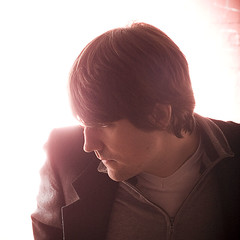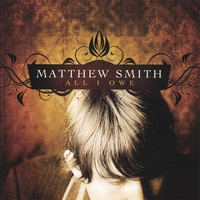Born Into Brothels
I just got back home a little while ago from watching Born Into Brothels at the Belcourt Theatre. My wife and I saw this film a year ago at the Nashville Film Festival, and briefly met the filmmaker, Zana Briski. It has since gone on to win "Best Documentary" at this year's Oscars. Born Into Brothels is a documentary chronicling Zana's efforts to teach photography to the children of prostitutes in the red light district of Calcutta, India. By getting involved in these kids' lives, she is then able to try and get them into boarding schools, away from an environment where the girls would almost certainly "join the line" (become sex workers) and the boys would fall into similarly hopeless lifestyles.
It sounds like a dark and dreary film, but in actuality it is incredibly uplifting. It's true that sometimes the awful realities of the red light district seem to overwhelm the viewer: the drug abuse, the violence, the self-hatred that causes mothers to scream terrible curses at their children. Yet the kids are so filled with life despite their circumstances, and the pictures they take are so beautiful, that you can't help but be in awe of the redemption you see taking place. In fact, when I met Zana, I simply said, "Thank you doing this work of redemption."
I reflected on this more tonight. Art is creative work, and we emulate our Creator whenever we engage in it. The folks involved in the making of this movie aren't Christians, yet they unknowingly are not only taking part in God's work of redemption, but do so in a way that is specially connected to his creative heart.
After the screening, there was a panel discussion which featured a woman from Kids With Cameras (the organization started by Zana to help kids worldwide), a couple of Vanderbilt folks to talk about India, and a woman named Sheila from Magdalene House. Magdalene House is a Nashville-based outreach that helps prostitutes leave behind that lifestyle and recover from alcohol and drug addiction, and Sheila is a graduate from their program.
The audience had an opportunity to address the panel with questions and comments, and one woman approached the microphone to commend Kids With Cameras for not being a religious organization. Her remarks had an element of hostility to them, and she implied that religious groups only offer help after they've forced others to subscribe to their beliefs. A decent smattering of applause in response suggested that many others in the audience agreed with what she was saying. I found this to be tremendously odd in light of the comments Sheila was making. While I know that there are religious groups that force conversions in exchange for aid, I would venture to say that most do not. Sheila, in fact, seemed unable to say anything related to her experience without mentioning God's hand in it, and in no way did it seem like beliefs had been forced upon her. She seemed to have encountered a real person, not just a system of beliefs. She spoke of how she had been caught in a lifestyle that she didn't want, but was helpless to be free of until God used Magdalene House to intervene. She concluded by stating that she doesn't say "Hi, I'm Sheila, and I'm a recovering drug addict." Instead, she says "Hi, I'm Sheila, and I'm a miracle."
These weren't glib words. There was a force behind the word miracle that resonated in the room. It implied that Sheila didn't see her experience as a self-help exercise, but as a rescue mission: a person airlifted out of the desert even while the vultures pecked at her flesh.
I wondered what the anti-religion lady thought about Sheila. Did she think Sheila was simply an uneducated, unenlightened person who had bought into a nice little fantasy to keep her life from self-destruction? Or could she see the quiet yet relentless person that had redeemed Sheila from the pit? Could she see that this person who had rescued Sheila also bore a striking resemblance to the creative force that whispered don't give up, these kids are worth rescuing, tell their stories to Zana in Calcutta?
In seeing the film, in hearing Sheila's words, in viewing the breathtaking photography, I could feel the coming kingdom pressing in around me. I had the distinct sense that, despite the wickedness that so often crowds out the good, something was afoot. In an almost palpable way, I knew in that moment that Jesus is intensely real, and working his redemption in quiet, whispered ways around the globe, and that one day, finally, it will burst onto the scene in full and everything sad is going to come untrue.
Visit the Kids With Cameras site to find information about their work, to see some of the pictures the children have taken, and to find a showing of the film in your area.





